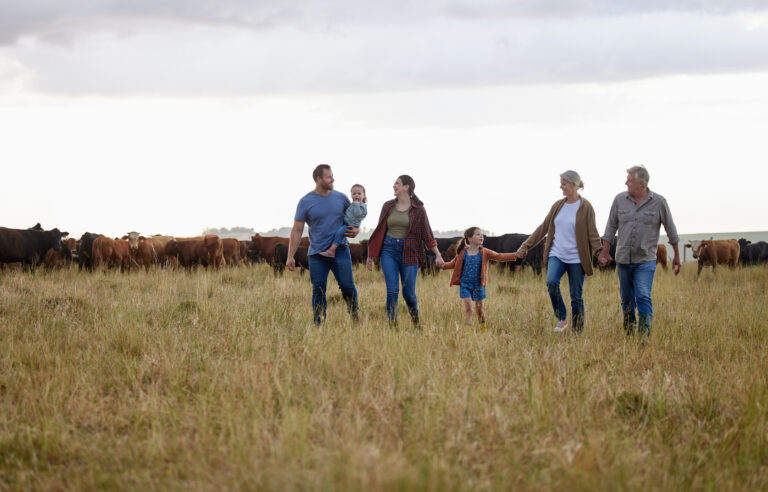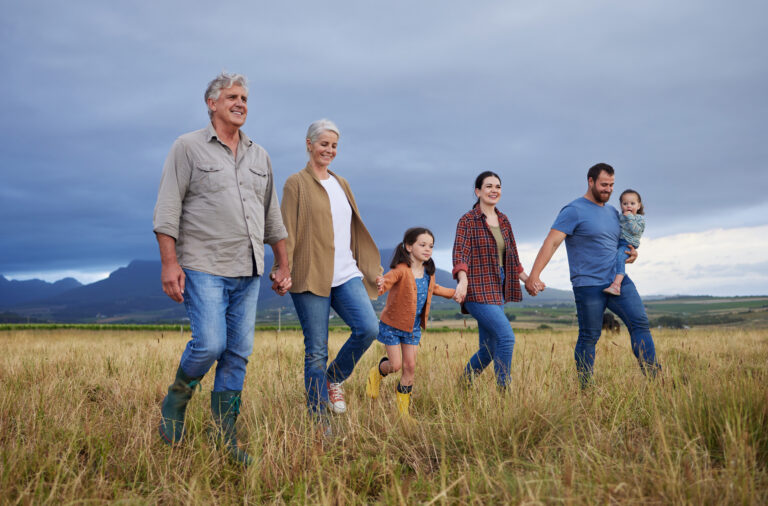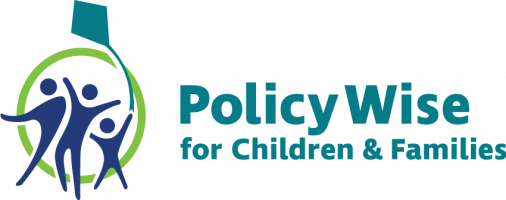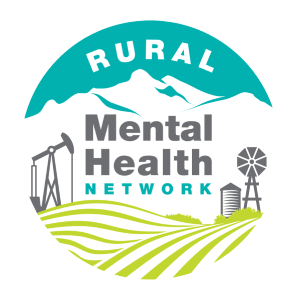For those of you working in rural communities to improve mental health and well-being, you already know how much heart and effort goes into making change happen. Whether starting a support group, running awareness events, or building community connections, your work makes a real difference.
But do you know how much of a difference you make? And how can you show others what your projects achieve?
That’s where evaluation comes in.
Don’t worry—it doesn’t require creating fancy graphs or complicated reports. Evaluation simply means finding out what’s working, what could be better, and how your project is making life better for people in their community.

And now, thanks to the “Sharing Your Impact” resource series—created by PolicyWise for Children & Families and the Canadian Mental Health Association, Alberta Division and Centre for Suicide Prevention—rural community members have easy-to-use tools tailored for their communities.
Why sharing your impact matters
Let’s start with the “why.” Evaluation helps you:
- Celebrate your work. You’ve done something important—let people know!
- Keep improving. Learn from what’s worked and what hasn’t.
- Get support. Funders, partners, and communities love seeing results.
Think of evaluation as a way to tell a project’s story—not just what was done, but how it helped people.
Step-by-step support you can actually use
The resource series is broken into five parts so you can start wherever you are on your journey. Each part offers practical steps, tips, and examples that make things clear and doable. Here’s a quick rundown of what can be found:
If you are new to evaluation, this is your best starting point. This resource helps you think about what you’re trying to achieve with your project and what success might look like. From setting goals to choosing what you’ll measure, this part lays the groundwork.
Once you know your goals, it’s time to figure out how to check if you’re reaching them. This part helps you choose methods that work in your setting. Whether in a small village or a spread-out rural area, this resource shows how to tailor your approach.

Numbers can help tell your story—like how many people attended an event or how many felt more supported after taking part. This resource walks you through creating surveys, deciding what questions to ask, and collecting data in ways that make sense for you.
Sometimes, a personal story says more than numbers ever could. This resource can help you decide if collecting stories makes sense for your project and how to do it respectfully. Whether it’s a formal interview or just listening to someone sharing their experiences, these stories show the heart of your impact.
Now that you’ve gathered your info, what do you do with it? This final resource shows you how to look for themes, organize your findings, and share your results in ways that inspire others. This can be done through a short report, a community meeting, or a simple social media post..
You don’t have to be an expert
One of the best things about these resources is that they’re made for anyone—not just researchers or academics. You don’t need to be an expert in evaluation to show your project’s impact. If you care about your community and want to improve your project, you’re already on the right track.
You can go at your own pace, use what fits your situation, and come back to the tools whenever you need. It’s all about giving you the confidence to tell your project’s story your way.
Let’s keep rural voices strong
Mental health looks different in every community. What works in a big city might not fit in a small town—and that’s okay. We made these tools to respect and support the unique strengths of rural communities.
By taking time to check in on how a project is doing, it helps the community grow stronger. And by sharing that success, it gives other small towns the courage to start their own journeys, too.
Project partners
This project was a collaboration with the Canadian Mental Health Association, Alberta Division and Centre for Suicide Prevention.



